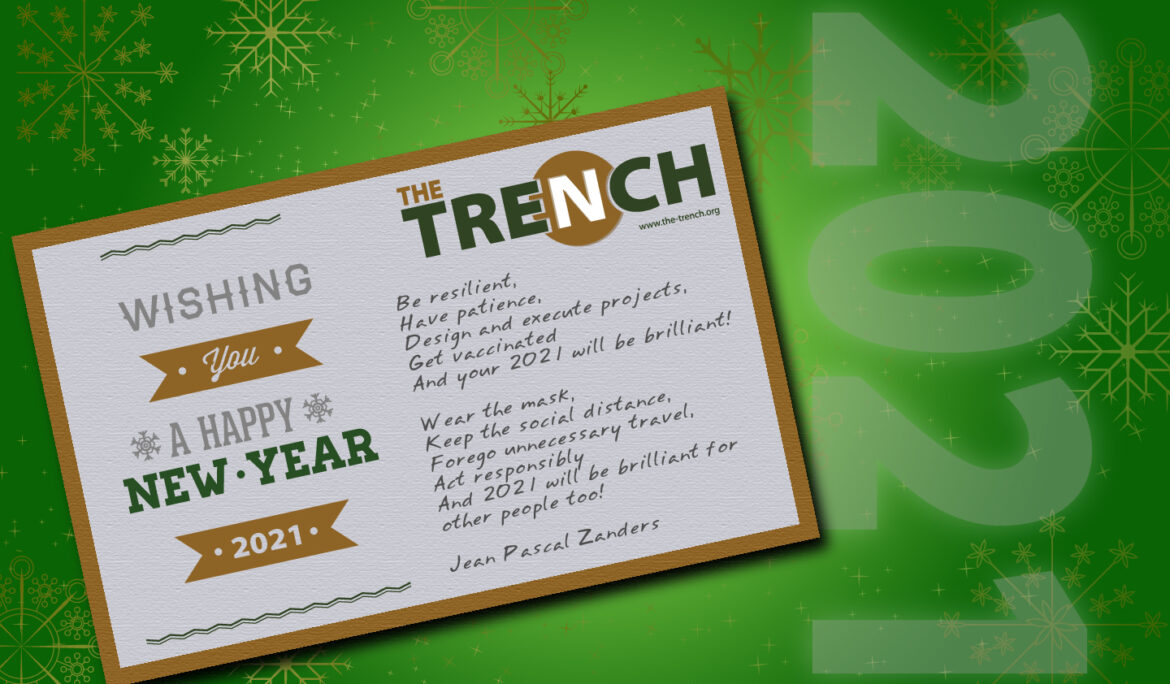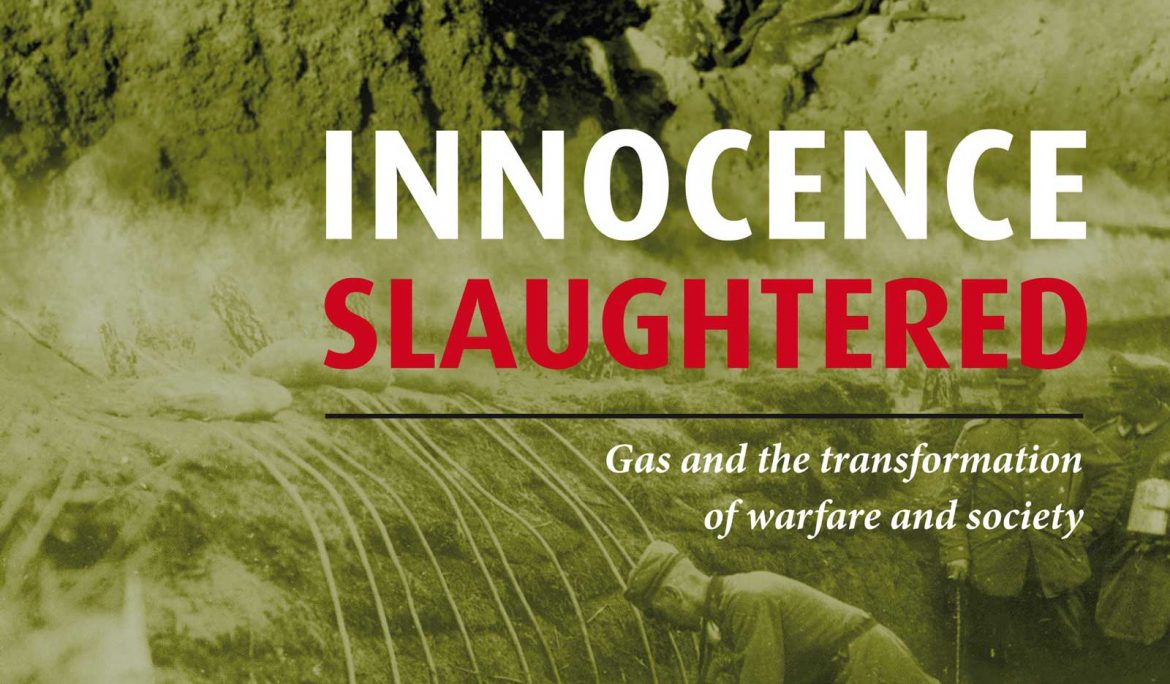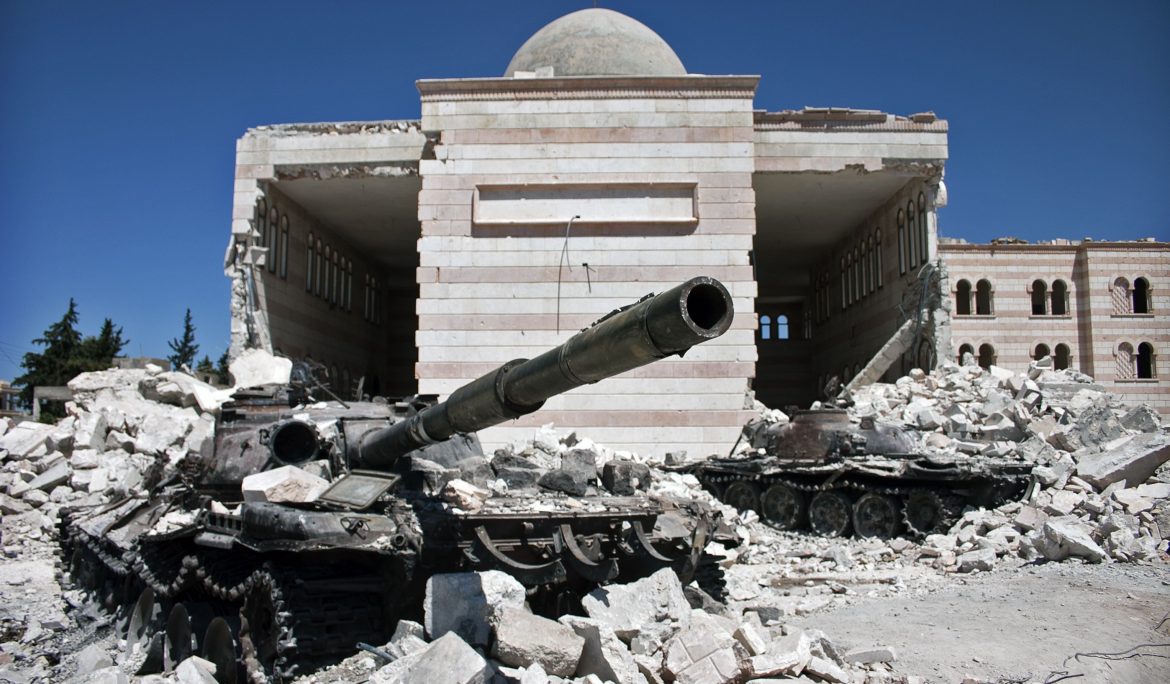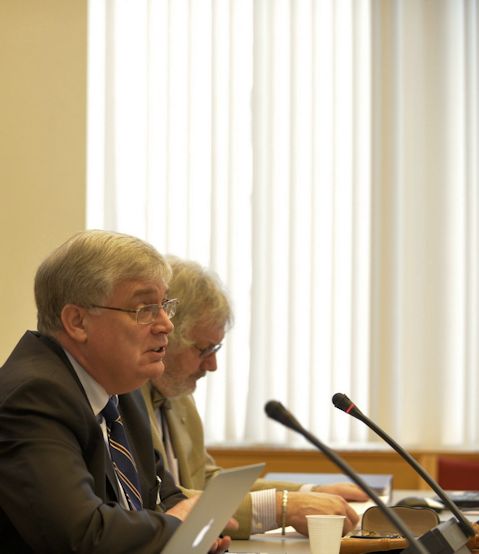CBW in Regional Disarmament in the Middle East and North Africa
Just published (Open access): Jean Pascal Zanders (2022): Chemical and Biological Weapons in RegionalDisarmament in the Middle East and North Africa, Journal for Peace and Nuclear Disarmament,DOI: 10.1080/25751654.2022.2092368 From the introduction: In November 2019, the Conference on the Establishment of a Middle East Zone Free of Nuclear Weapons and Other Weapons of Mass Destruction held its first session. The new series of annual one-week meetings to eliminate non-conventional arms – essentially nuclear weapons (NW), and to a lesser extent chemical and biological weapons (CBW) – followed the acceptance by the First Committee of the UN General Assembly (UNGA) of Egypt’s …
All the best wishes for a brilliant 2021!
Be resilient, Have patience, Design and execute projects, Get vaccinated And your 2021 will be brilliant! Wear the mask, Keep the social distance, Forego unnecessary travel, Act responsibly And 2021 will be brilliant for other people too! …
Below the headlines: CBW matters (15)
(A weekly digest from the internet on chemical and biological warfare issues. Emphasis is on incidents and perspectives, but inclusion of an item does not equal endorsement or agreement with the contents. This issue covers items collected between 22 – 28 May 2017.) CBW disarmament Chemical weapons storage passes treaty inspection (The Register, 21 May 2017): Inspectors from the Organization for the Prohibition of Chemical Weapons visited the Blue Grass Chemical Activity at Blue Grass Army Depot, May 12-17, to perform a systematic stockpile verification inspection, an annual process that has been taking place for 20 years. The inspection team …
Draft decision of the OPCW Executive Council on Syrian CW destruction
The Executive Council (EC) of the Organisation for the Prohibition of Chemical Weapons (OPCW) is due to meet tonight, 27 September, at 10pm CET. Below is the text of the draft decision. Some of the highlights of the document are: The OPCW believes that the ultimate destruction deadline of mid-2014, as foreseen in the US-Russian Framework Agreement is achievable. The organisation recognises the need for a surge capacity in order to fulfil its own tasks, and will draw on past personnel with appropriate expertise as well as on voluntary contributions by states parties. The OPCW will work according to modified …
Gaming the OPCW and the UNSC?
Yesterday I reflected on the hybridisation of coercive and cooperative disarmament arrangements regarding the elimination of Syria’s chemical weapons. I argued that President Bashar al-Assad is seeking to challenge the coercive elements in the CW disarmament project, but that he will not defy the overall obligations assumed under the CWC. In a session on 6 February, the UN Security Council reviewed progress thus far. According to an Agence France Presse report, it rejected several of Syria’s explanations for the delays and concluded that the country should speed up the process to remove the precursor chemicals from its territory. Unsurprisingly, some …
UN Report on CW attacks now published
Report on the Alleged Use of Chemical Weapons in the Ghouta Area of Damascus on 21 August 2013 The document is available from the UNODA webpage. It deals only with the Ghouta attack; the report relating to the original mission of the UN investigative team in Khan al-Asal, Sheik Maqsood and Saraqued is still due. …




